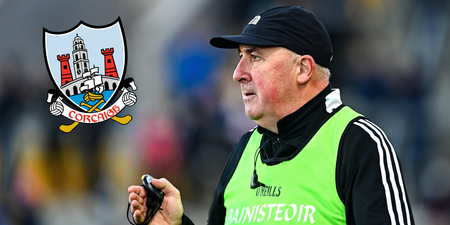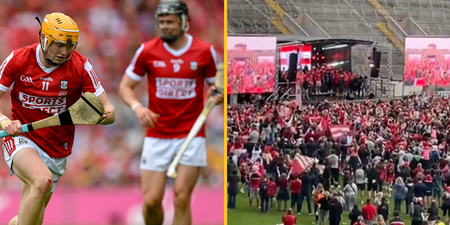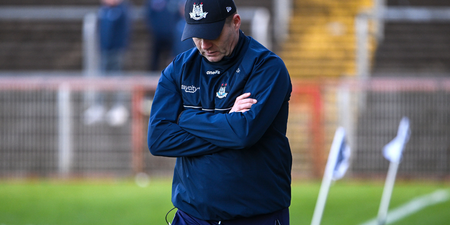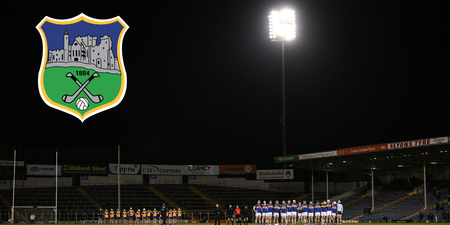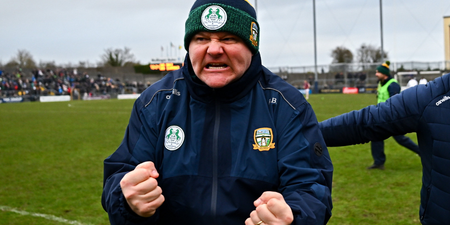It’s a game of inches.
For so long, young players were told by their parents and coaches that the best way to measure what size hurley they should be using was by having it in line with their hip bone.
For most players, unless they have an unusually low hip bone, they were coming out with hurls that were way too long for them.
You see loads of youngsters nowadays using size 30″ or 32″ hurleys that are more than half the length of themselves, and consequentially, they have no control of what they’re doing.
Their arms are small and weak, and they are unable to control the longer hurley.
Now first of all, here’s some of the problems that arise from having a hurl that’s too long for you.
- You’ll get hooked easier because of the increased length of your camán.
- Your swing will be slower.
- You’ll be naturally forced to try and hold the hurl at a lower grip, which is only awkward because it might be hitting off your side when you’re striking.
- More difficult to manoeuvre your hurl to control the ball.
- Slower to move your hurl to hook and block.
- You’re more likely to stick the hurl in the ground when trying to rise it or pull on the ball.
You need to be comfortable with your stick, the shape, the size and the length of it. You’ll need to build a bond with it, so much so that you can trust it in the cauldron of a Championship game, to reward you with a perfect strike or a deadly touch.
Faughs GAA shared the following picture and explanation on how to know what length of hurl to use, and it’s bang on the money.
Crucial advise for parents when buying your child a hurl. Length, weight & feel are so important. The ‘right’ hurl is key 👍 @OfficialWexGAA pic.twitter.com/J3Z6R4zctx
— Hurling365 (@Hurling365) November 13, 2017
It makes so much sense too. If you base the length of your hurl on those guidelines, the top of the hurl is where your arm will naturally grab on to when you go to grab a hold of it.
The advice spread around social media with loads of hurling clubs and top hurling personalities, such as Eddie Brennan sharing and retweeting it.
Faughs GAA followed it up with more of an explanation.
“Length and weight of hurley have a tremendous effect on the player. The traditional method of gauging the length matched it to a player’s hip. This has proved inaccurate and unsuitable since two players of the same height can have a difference of 4″ or 10 centimetres in hip height.
Children and beginners are inclined to go for a longer hurley. The perception being that “the longer the hurley the longer the puck.” The truth is quite the opposite. “Long equals no puck”. Correct length and weight are more important than previously thought. Top players now use hurleys 3 inches shorter than their counterparts of the 1960s and 1970s. Time and space are very much reduced and tackling skills have improved. Opportunities are lost in a split second if the hurley is not completely manoeuvrable. The game is faster and there are less man to man contests of strength. The hurley that suited those clashes has no bearing on today’s game.
Young children’s wrists and arms are light and fragile. They can only use hurleys that are light and short.”
Dead on.





